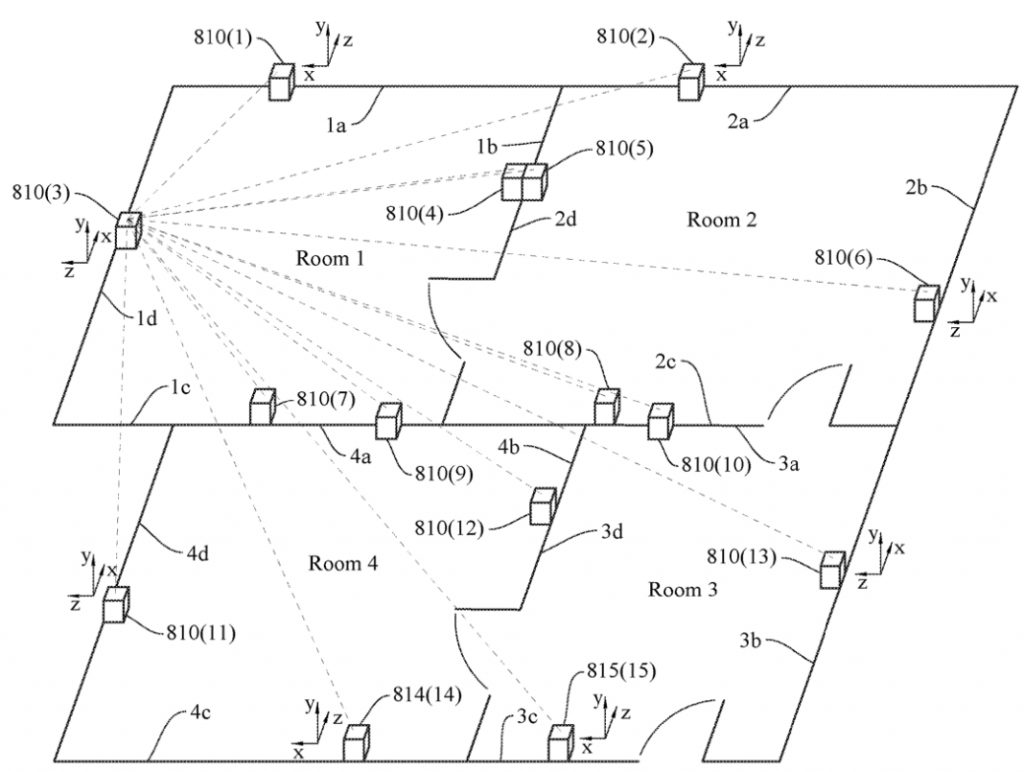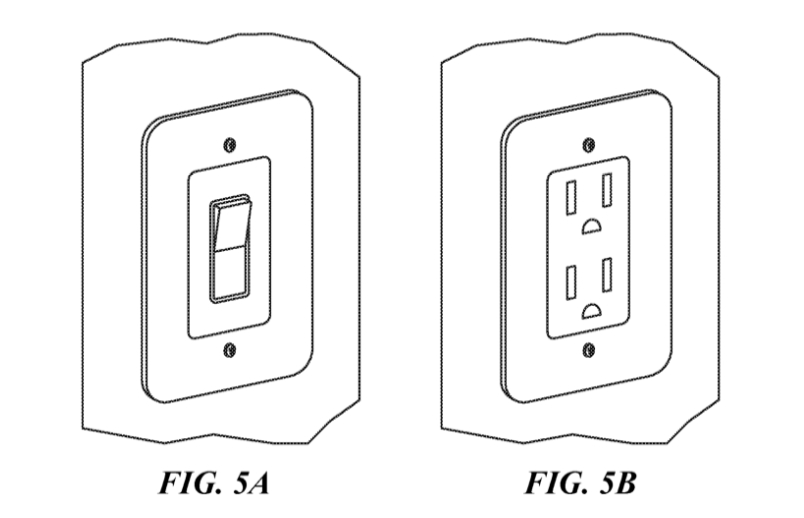
The truly smart home future is near as more and more companies invest into technologies that enable seamless smart home experiences. At the moment, the experience is finicky at best, but they may change in the future as an Apple patent posted on February 13th describes a truly smart home that can configure itself without user intervention.
At the moment, the smart home space is a mess, with multiple standards, communication protocols and different brands coming with their won designs that are fundamentally incompatible with others. This has led to a lot of confusion and unsatisfactory experiences for users. Apple, a company that is known for its products that “just works”, clearly believes in a future that will let users live in a smart home where all devices speak to each other in a seamless manner that enhances the users lives.

The patent describes a very complicated system that involves multiple nodes, aggregators, a central brain to process all the incoming information and broadcast the necessary instructions to the required devices. The system would be able to automatically build a floor plan, intelligently understand the purpose of each connected device. A crucial piece of this system is a modular wall panel that could be a power socket or light switch housing that will help the system what kind of device is connected and behave accordingly.
Apple describes an example where the system detects a ding in the kitchen. Checking the calendar, the system will see that the user has “Movie night” planned. It will guess that the ding was a microwave making popcorn and associate the ding to the movie night. Once this information is processed, the system can automatically turn the TV on, lower the blinds, dim the lights, silence phones, open the movie catalog and then await the audience.
The future of smart homes is certainly exciting if it does end up working the way the patent describes but it seems like a long way before it becomes a reality.
